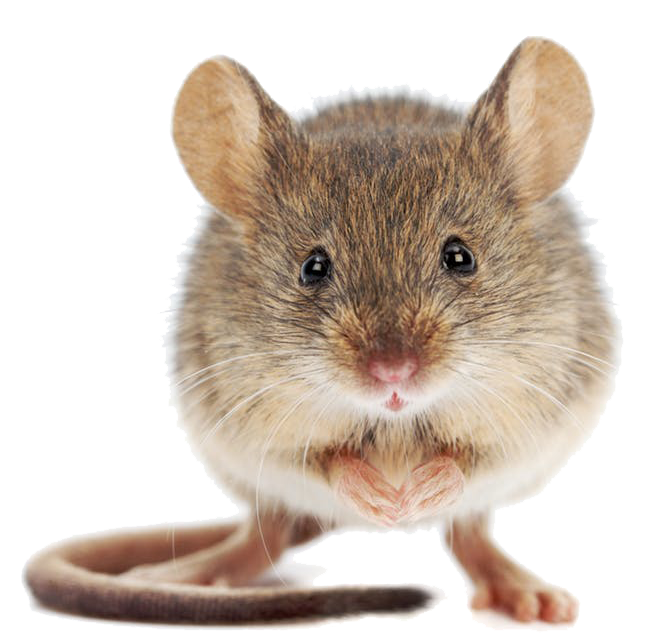White-Footed Mice
SIZE: White footed mice can grow up to 2 inches in length
DESCRIPTION: These small rodents have a grayish reddish to almost brown color in appearance and not surprisingly have white feet. Their tail is also the same color as their body and their underbelly is pure white. The white-footed mouse is local to North America from Ontario, Quebec, Labrador, and the Maritime Provinces toward the southwest United States and Mexico.
BEHAVIOR: White-footed mice are essentially nocturnal. They are essentially lone and are territorial. White-footed mice climb and swim well. They additionally have a great sense of direction and can re-find of a specific area from as much as 2 miles away. These mice tend to live in rural areas, this mouse does not commonly enter homes but if needed to for food or shelter it will. The white-footed mouse is the key host for blacklegged ticks that are very dangerous in Canada due to the fact that they carry Lyme dieses. This mouse was also linked to the hantavirus just like its close cousin the deer mouse.

HABITATS: White footed mice prefer living outdoors, they can be found nesting in logs, piles of stones, branches, leaves and other debris. They can be mainly found in warm, dry forest and Greenland areas. They can also survive in multiple habitats such as high elevation, forests and semi-deserts. If these rodents do find a way inside the house they can be found in areas where people least frequently come such as the attic, basement, garage, or crawl spaces.
TIPS FOR CONTROL
Like all mice it is important to get rid of the problem as soon as possible to avoid any risk of receiving dieses. Take high precaution to minimize health risk when dealing with mice.
- Wear all necessary PPE when handling mice such as respirator that is equipped with high efficiency purifying air (HEPA) filter, protective eye equipment, rubber or latex gloves.
- Never sweep or vacuum mouse droppings to prevent the dust or debris from spreading.
- Place down snap traps in all areas where the deer mice can be found (check habitat section).
- Place off the shelf baits in high traffic deer mice areas around the home.
- Clean all protective equipment with an EPA registered disinfectant and wipe down. (dispose of cloth or paper towel in plastic bag and dispose of in an outdoor garbage bin.
- Spray dead mice with EPA registered disinfectant and handle all traps and bait stations with all PPE on. Avoid direct contact with the carcasses and dispose of in a sealed off plastic bag in a bin outside the home.